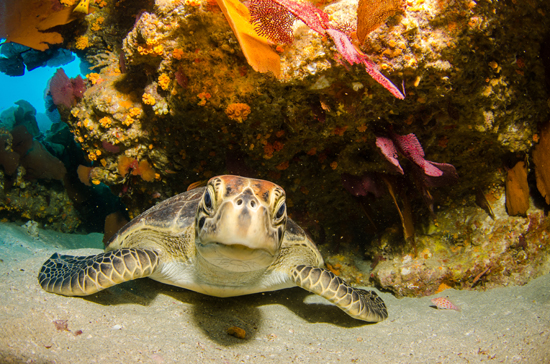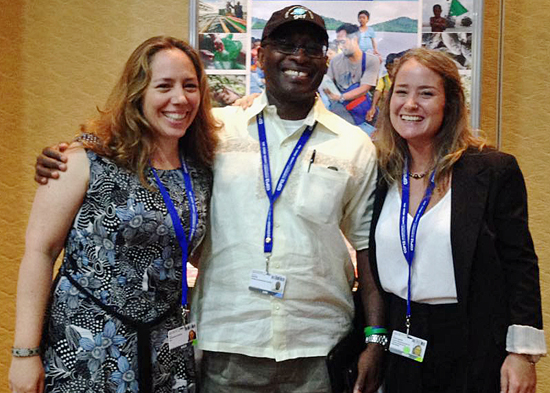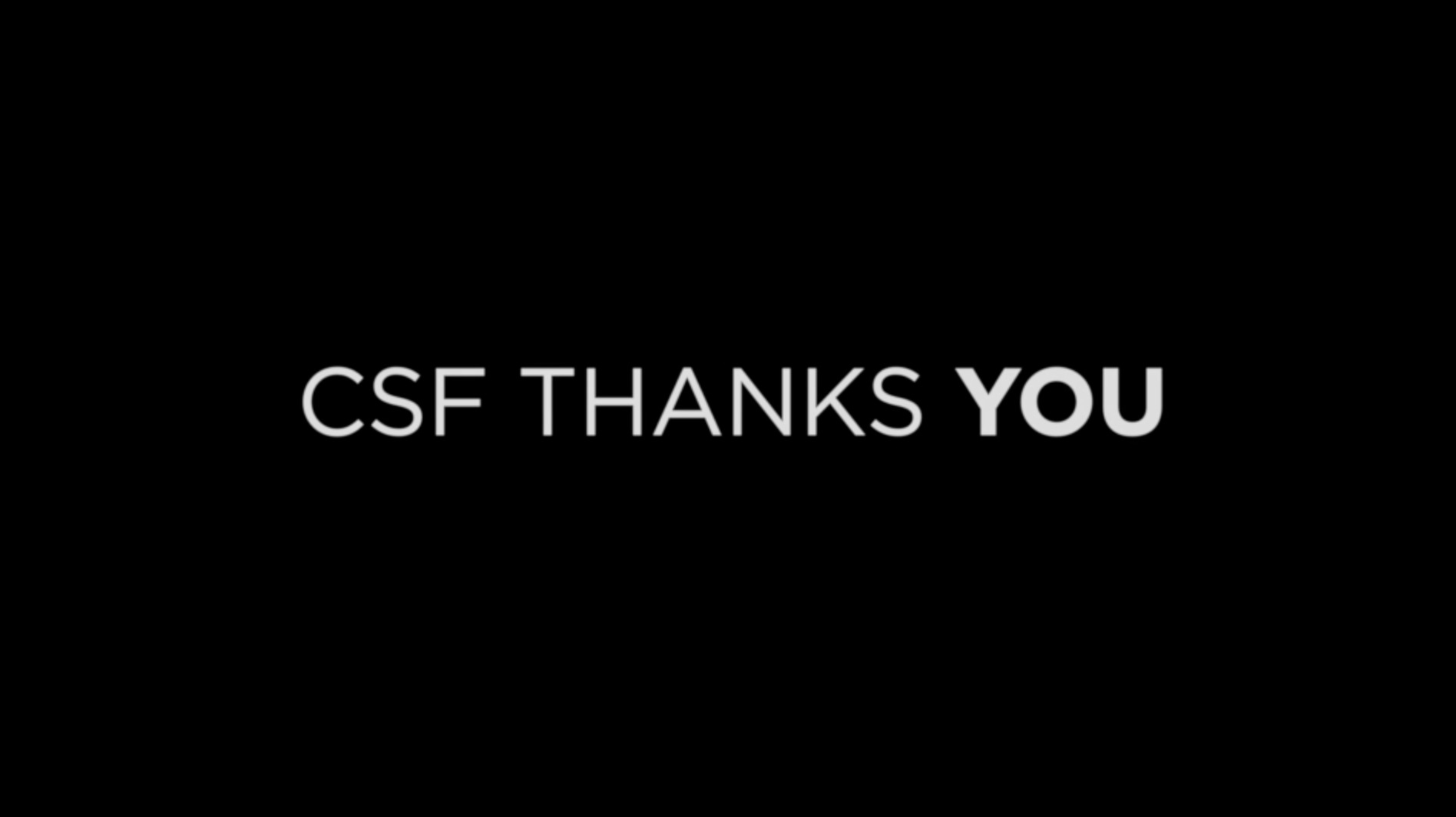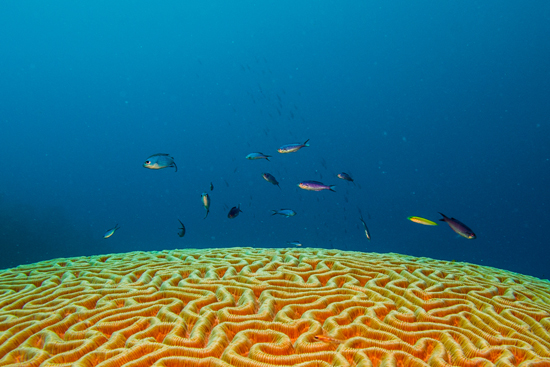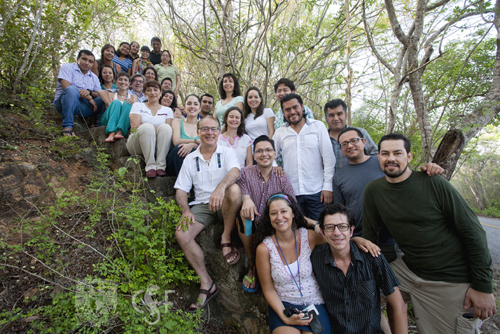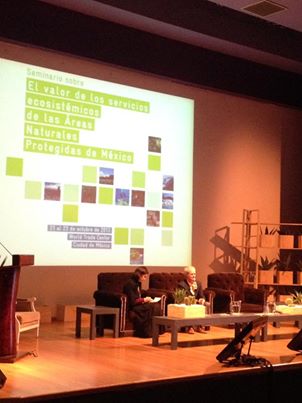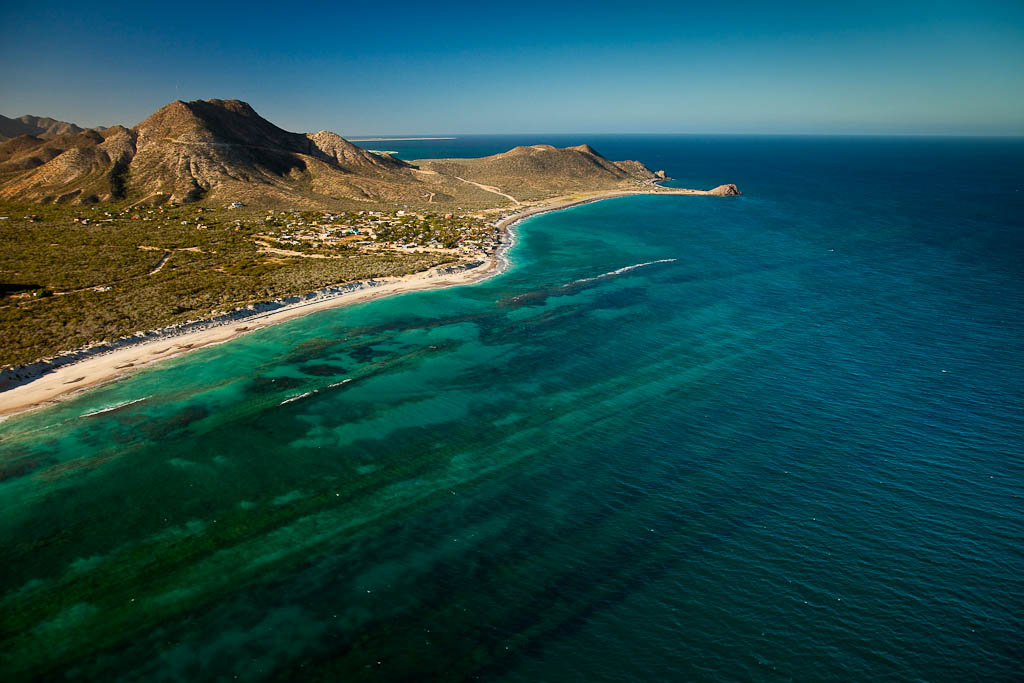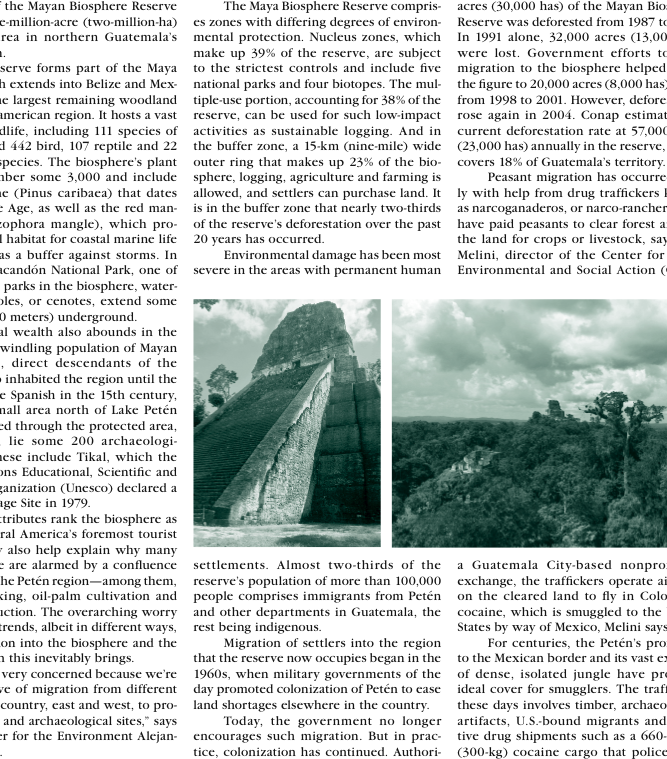News
Sea turtle resting in the reefs of Cabo Pulmo National Park. Photo credit: Leonardo Gonzalez/Shutterstock.
Ferdinand Mwapopi and Elisa López at the COP-13 in Cancún, Mexico. Photo credit: Elisa López
Every day, support from donors like you makes our work possible. Are you willing to make a special year-end donation to help us protect ecosystems around the world?Please, click here to make your donation now.
Last month, the National Autonomous University of Mexico (UNAM) and CSF presented the second annual Economic Tools for Conservation in Mexico and the Mesoamerican Reef. Twenty participants from different regions of Mexico and the Mesoamerican Reef came together to learn what economic drivers cause environmental problems and the potential solutions to them. The two-week course was held June 15th-26th at UNAM’s Chamela Biological Station in Jalisco, Mexico.
Lionfish ready for the pan at Cozumel Fishermen's Coop © John Reid
In 1992 Hurricane Andrew liberated a tankful of lionfish from a Florida aquarium. More may have been dumped in the sea before then and after, but the event stuck in the collective imagination as the start of a biological invasion.
From left to right: Laura Rodríguez, Eglé Flores, Eduardo Ponce Guevara, Ángela Mojica
and CSF's Cecilia Ayala. © Eduardo Ponce Guevara
It all began with four course graduates from CSF's International Training Course, held annually at Stanford University: Eduardo Ponce Guevara, Eglé Flores, Ángela Mojica and Laura Rodríguez. These alumni, all from Mexico and the surrounding area, dreamed of bringing the Economic Tools for Conservation Course back home to be conducted in Spanish for their colleagues.
CSF economists Susan Seehusen, Aaron Bruner and John Reid joined the German technical support agency, GiZ, and the Mexican Protected Areas Commission, CONANP, to support two big efforts to leverage the economic value of protected areas.
Over weekend of October 18-19, Aaron and Susan joined GiZ and parks officials from a handful of Latin American countries to provide technical guidance for the newly launched ValuES program. Yes, that's an upper-case ES for Ecosystem Services; the program focuses on highlighting the values protected ecosystems deliver to human communities in focus countries such as Mexico, Brazil, Peru, Vietnam and India, among others.
This week Mexican President Felipe Calderón withdrew the permit for a 9,400 acre development of a mega resort adjacent Cabo Pulmo National Marine reserve on the southern tip of Baja California. Its proximity to a 20,000-year-old reef and hundreds of species turned this project into a global concern. 2011 CSF Economic Tools for Conservation Graduate Paulina Godoy Aguilar of Amigos para la Conservación de Cabo Pulmo AC, had a big hand in this victory. Because of her efforts and those of many other conservationists and activists alike, hundreds of species and thousands of coastal acres have been saved.
Read the full story here: http://www.oceanfdn.org/blog/?p=611
Ecoaméricas cites CSF-supported study on roads in the Maya Forest. The study showed that new proposed roads in remote areas of the forest would increase deforestation, spark fires and cause net economic losses to Guatemala and Mexico. In the Americas, the Maya Forest is the largest intact area of rain forest north of the Amazon. It is home to impressive biodiversity, the largest of the ancient mayan cities' ruins, and thriving forest economies.

